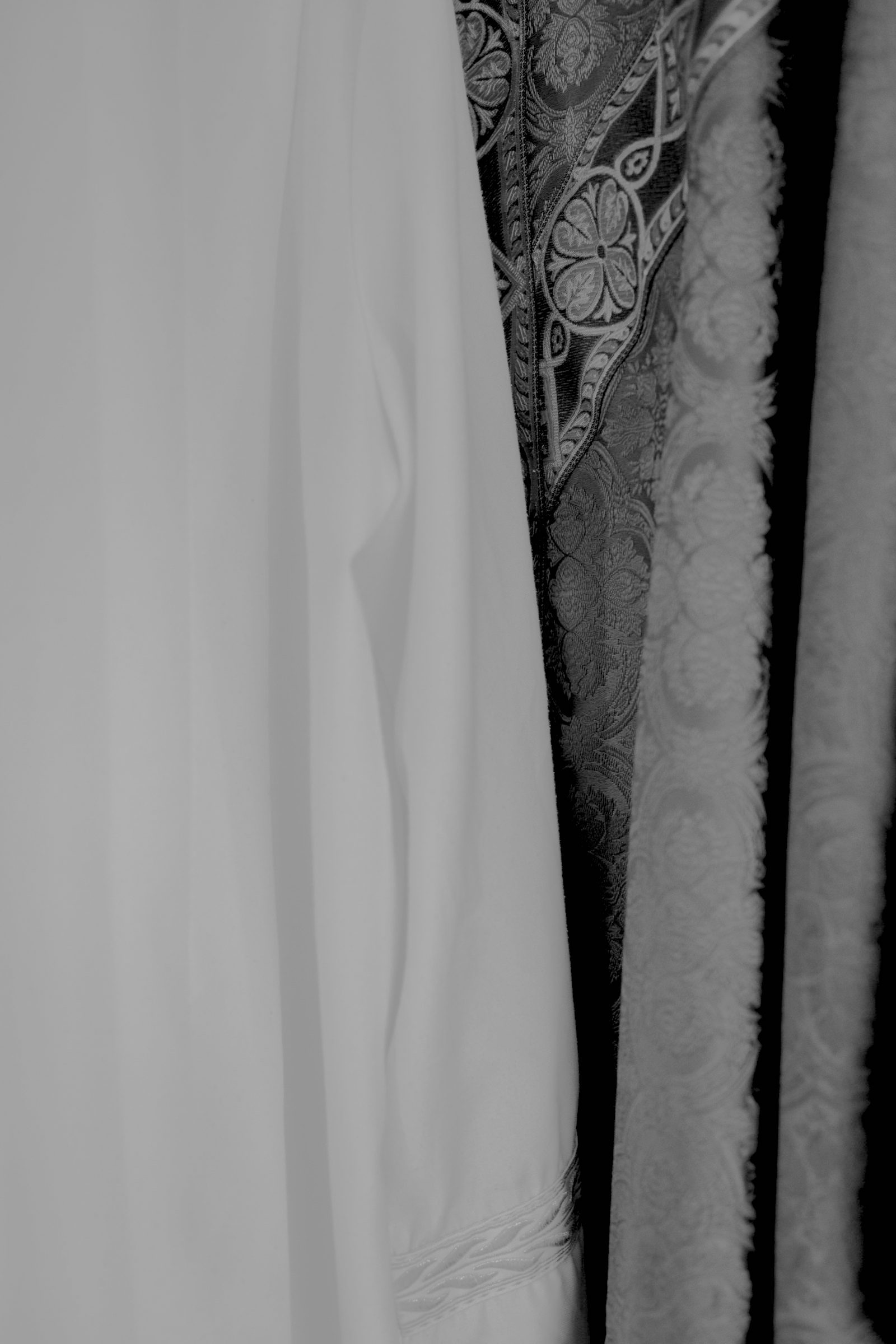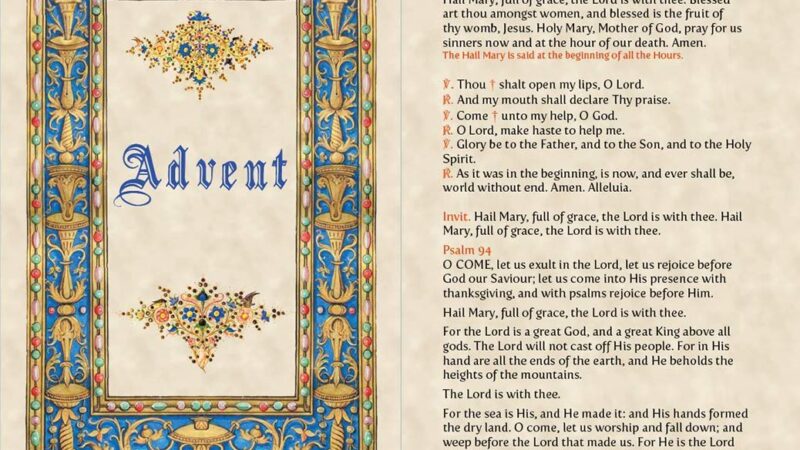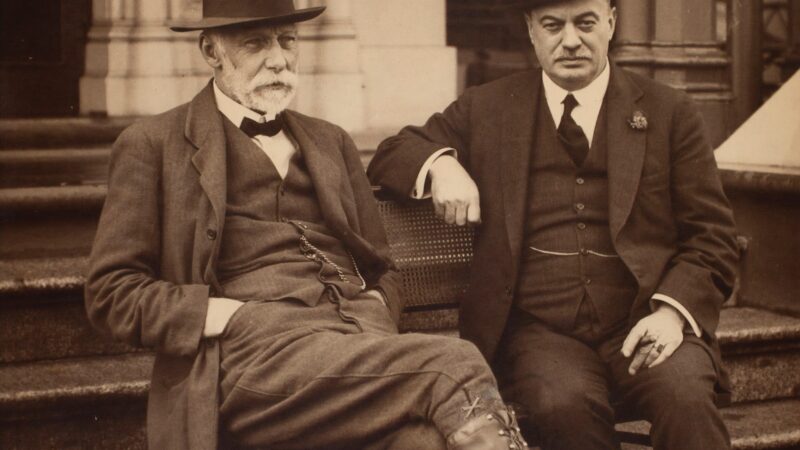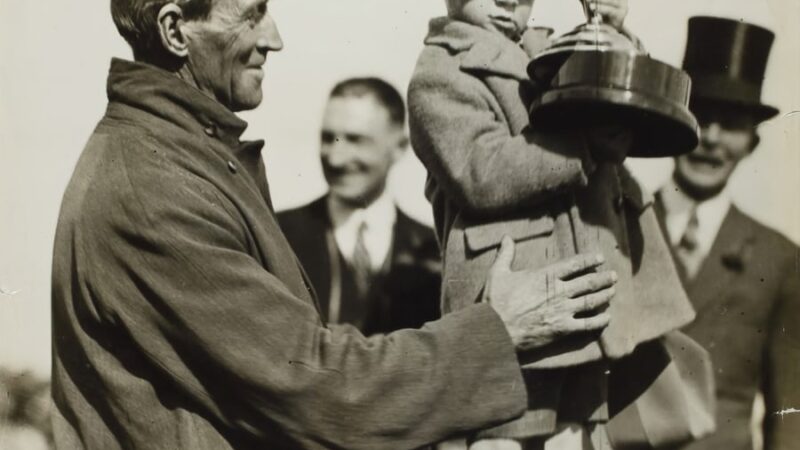Liturgical Vestments
Last week’s post contained printable vesting prayers for priests and altar servers. However, some may wonder: why priests dress up for mass, what is the meaning of the prayers they say while vesting, and why they wear the vestments that they wear.
From the earliest days of the church, ordinary clothes functioned as liturgical vestments. These vestments were most likely made out of finer cloth than other clothes. Once used at the altar, they were most likely set aside, never to be used as ordinary clothes again.
Over time, men’s clothing changed. However, the clothes used for the service of the altar did not change. By the end of the sixth century, the clothes used in the service of the altar were no longer ordinary clothes, but special vestments set aside specifically for the mass. When the ban on Christianity was lifted, Christians began to adorn the vestments with all the splendor that they deemed fit for the service of God.
The priest begins vesting for mass by putting on the amice. Some consider it to be a representation of the cloth that was used to blindfold Jesus; others say it represents a sackcloth and ashes. However, it is most commonly symbolized as a Christian’s spiritual armor. As the priest vests in the amice, he holds it briefly on his head and then lets it fall onto his shoulders. As he does this he prays that God will give him the helmet of salvation and defend him against the attacks of the evil ones.
Next, the priest vests in the alb, which comes from the Latin word alba. The alb is a long white tunic that reaches down to the feet. In ancient times it was used by all men as an undergarment. The alb is pure white as a symbol of purity. Thus, as the priest vests in the alb, he asks God to make him white and cleanse his heart.
After the priest has vested in the alb, he binds it around his waist with the girdle or cincture. The girdle is a thick cord that acts as a type of belt. The idea of wearing the girdle most likely came from Scripture, as there are passages in scripture that speak of the girdle, alb, and other vestments. When the priest vests in the girdle, he prays that God will give him purity and quench all concupiscence in his heart.
After the priest has tied the girdle around his waist, he puts the maniple on his left arm. In the early days of the Church, the maniple was a piece of cloth, which was used as a handkerchief. Eventually, it was adorned to match the rest of the vestments and it became too costly to be used for its original purpose.
It was assigned a prayer that asks God to be allowed to wear the maniple of weeping and sorrow.
Next, the priest puts a long piece of cloth around his neck. It is called the stole. As the priest vests in the stole, he prays that God will restore to him immortality.
Finally, the priest covers all the other vestments with the chasuble, which comes from the Latin word chasuble or casual. In earlier days, the chasuble was nothing more than a circle of cloth with a hole in the middle for the priest’s head. Eventually, it was tailored to be smaller and more manageable. As the priest vests in the chasuble, he prays one final prayer.
Adapted from Lectures for Boys by Rev. Francis Cuthbert Doyle. O.S.B.






